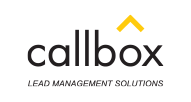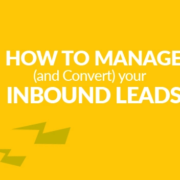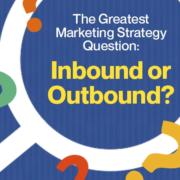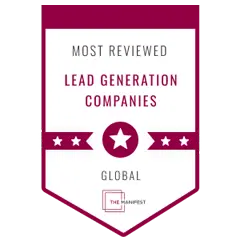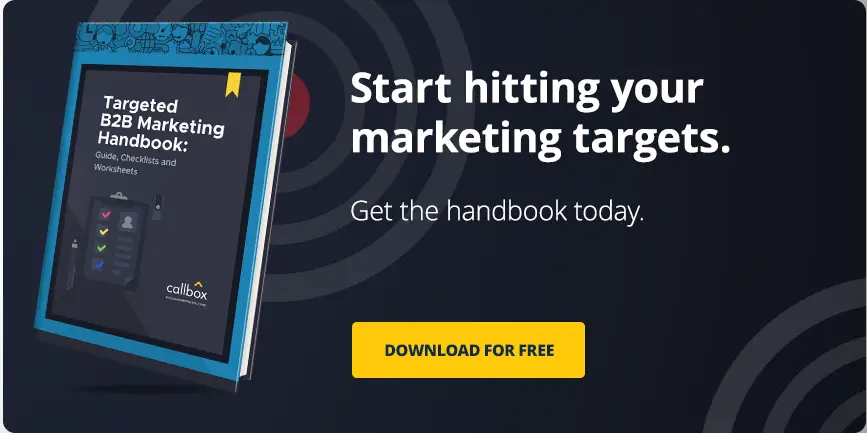How To Manage(and Convert) Your Inbound Leads
More than 6,200 marketing experts from 99 countries coming from various industries, company sizes, and seniority or rank levels have spoken on the current state of Inbound this 2018. See what they have to say on this report from Hubspot.
69% of the respondents prioritize converting leads to customers, 54% aims to grow website traffic, 44% wants to increase revenue derived from existing customers, 42% would like to prove the ROI of marketing activities, 37% target sales enablement and 29% would want to reduce the cost of contact acquisition.
Here’s more, another study vouched on the strength of inbound: inbound marketers believe in their efforts more than outbound marketers with 68% inbound marketers and only 48% of outbound marketers claim their marketing efforts to be ‘effective’, 46% reported inbound marketing gave higher ROI, and only 12% reported for outbound. While discussion on higher quality leads for sales, 59% were positive for inbound and 16% for outbound; and when asked if which marketing tactic has improved in the last two years, 59% noted increase on inbound marketing and only 16% for outbound.
Looking at the reports, inbound marketing seems to be overbearing with potentialities and tenacity, yet marketing challenges are still encountered along the process which hamper achievement of the above goals: 61% of the respondents are challenged on generating traffic and leads, 39% on proving the ROI of their marketing activities, 27% on securing enough budget, 25% on managing website, 24% on identifying the right tools for their marketing goals, 23% on training the team, 22% on hiring top talent and 20% on targeting content for an international audience.
The sales funnel has a wide opening which means that it can accommodate a large number of leads, but this does not mean however that marketers could freely pour in just any amount into it. In order to maximize time, effort and costs for a lead generation program, one must ensure quality right from the start point of the process – generating quality leads that are highly sales-convertible.
Here are three major ‘responding to inbound leads’ tips that will not only generate more quality leads but decrease chances of marketing challenges:
Utilizing The Right Tool
Marketing automation is the trend and has proven effectivity on many accounts because of its qualification capabilities. However, marketers must couple their automation tool with the right lead scoring and grading to screen leads before they move down to the sales team to follow up.
Related: 10 Stats That Prove Marketing Automation can Generate Leads [VIDEO]
Lead Response Time
A study from Harvard Business Review showed that sales reps are seven times more likely to have substantial conversation with prospects if they respond to them within the first hour; 60 times more to qualify a lead that if waited for 24 hours to follow up a lead.
Profiling The Prospect
The CRM may contain all pertinent information about the prospect but that won’t suffice the quality required. With careful probing and asking the right questions, reps will be able to profile the prospect’s demographic and psychographic data, his buying behavior and the business need.
Related: 13 Reasons Why You Should use Data Profiling and Get Accurate IT Contacts
